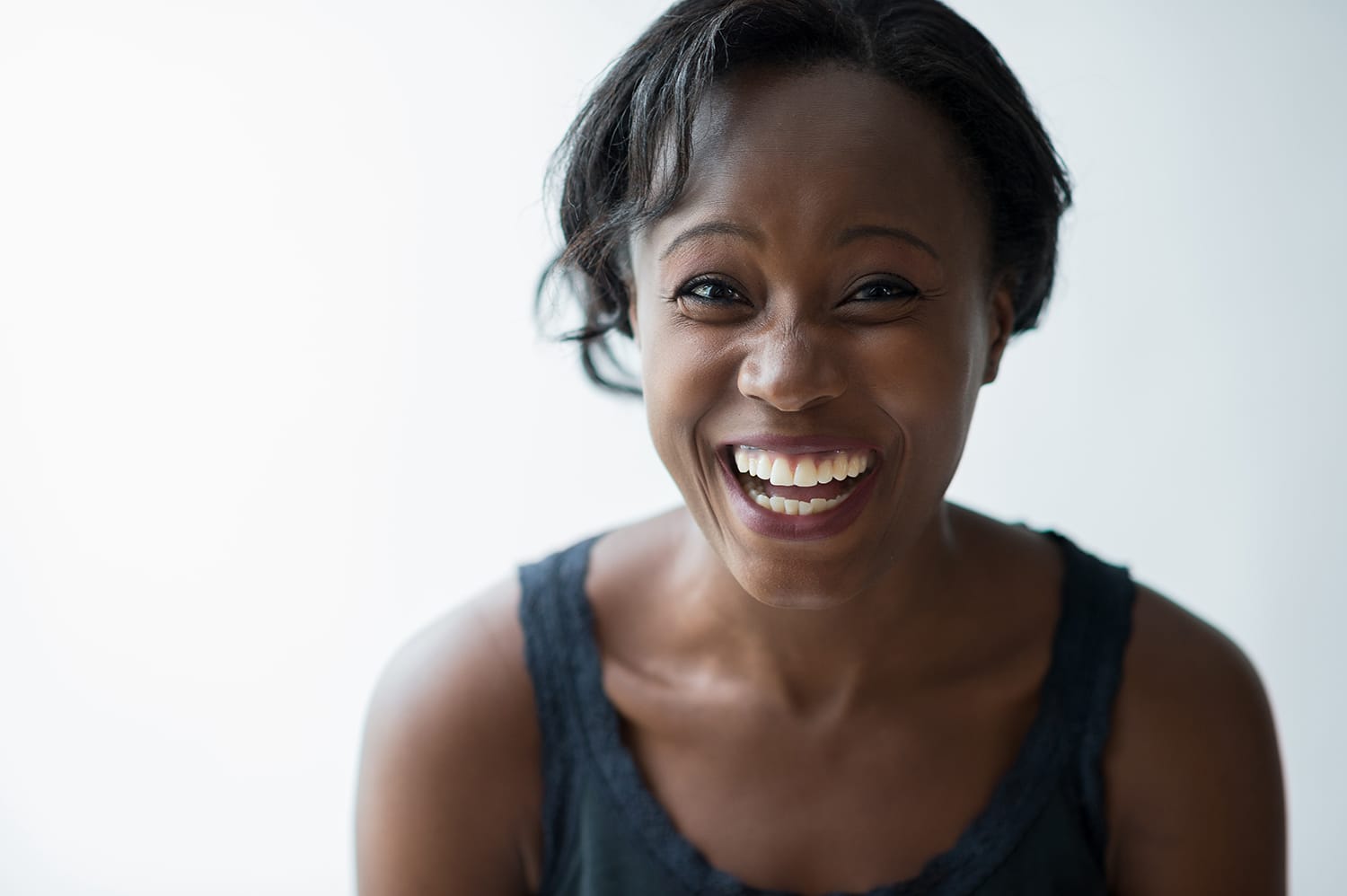10 Tips for Putting Real Emotions Into Your Photos
The following quote, which is attributed to Frederick R. Barnard who, in turn, stated his source to be a popular Japanese philosopher, perfectly captures what photographers want to achieve with their photos.
One picture is worth ten thousand words.
Yes, taking photos is more than just preserving memories; it’s also about telling stories and capturing emotions.

But capturing real emotions in your photos is not that easy. Sure, you can always stage or choreograph it like the way actors cry, laugh, or shout. But that wouldn’t be authentic anymore, right? Your audience likes to see real emotions; raw, unfiltered emotions – because these are the ones that resonate deeply; the ones that can build a connection; and the ones they can best relate to.
So, the difficult part of capturing and framing emotions on your camera is not the technical or creative process per se; instead, the challenge is how to make these emotions come out in the most genuine way possible.

Tips for Capturing Real Emotions in Your Photos
As a photographer, your goal should be more than just to deliver awesome-looking photos. On top of your list should be three important purposes:
- to evoke emotions of your audience
- to affect your audience in a way that encourage them to think differently, and
- to stir up some feelings inside you so you can look at the world in a different perspective
Here are some simple tips you can use to start adding more emotions to your photos.
1. There are no exact rules when it comes to emotions
There is no perfect timing or ideal light. There is not a specific lens for capturing emotions. Emotions are just there, and all you have to do is be there and be ready to capture them. You don’t have to tell your subjects to, “Okay, please cry for me now!” or “Ready, set, and smile (or laugh)!“.

In other words, do not force your subject to show emotions because it will come out fake. What your subject is feeling right that moment should be the emotion you capture with your camera. If the little boy you’re taking a photo of is crying, take some shots of that scene. If he is just quiet and sitting by the corner, take a picture of him in that mood. If he’s playful, play with him, too (with the help of your camera). These are real and raw photos that your viewers will love to see.
Also, don’t get stuck with smiles; there are many other emotions that you can beautifully capture with your camera. Some examples: a funny face, a little boy’s eyes filled with wonder (or awe), and a mother and her baby seeing eye to eye.
2. Make use of colors
Colors have emotional symbolism and meaning. Red, for example, can indicate strong emotions like anger. It can also represent love. Black can evoke feelings of uncertainty or fear. Green is all about natural calm and serenity. If your subject is two people in love, use a combination of red and pink. Play with colors that are available to you or within your reach.

You can also adjust the contrast of your photos if you want to bring out more emotions. Go with solid contrast if you want to evoke strong and aggressive emotions and slightly weaken the contrast if you want to bring in relaxing feelings.
3. You can also use shadow for adding more emotional depth to your photos
A simple image of a little girl lost in the park can evoke deep emotional reactions if a shadow is cast over her tear-covered face.
4. Be ready to capture unplanned or unprepared shots
Candidly taken shots are the ones that often come out the most honest, beautiful, and full of emotions. So, if you’re in a park filled with kids, keep clicking your camera while going around the playground and you’re bound to capture a lot of unplanned emotions. Example: a child’s happy (and triumphant) face while going down the slide.
5. Another simple but good tip is taking the shot after the subject expected you to capture the scene
For example, after a child looks straight into your camera, get ready to click the minute she relaxes and smiles or laughs. She expected you to click right as she looked into the camera, but you took the shot right after that moment. The image will come out more natural.

6. Use burst mode. Never stop taking photos
Capture everything and you’ll find something magical and beautifully natural there!
7. Pay attention to details
For example, when shooting inside the gym or a fitness studio, don’t focus only on the eyes or smile. Is your subject dripping with sweat? Are the muscles flexing? Pay attention to and capture these details on camera, and you’ll have images filled with real emotions.
8. Pay attention to hand gestures
And take photos of them. For example, a woman in a deep prayer inside the church. Take a shot of her arms clasped together with the Holy Rosary draped over them.

9. Pay attention – extra attention – to the eyes
The eyes are the windows of the soul, so when you capture the emotions they convey, your stories will be most honest and real.
10. Feel what you are photographing
Let your emotions flow when you take a photo. This will resonate into the images you create.
With these tips, plus your determination, passion, practice, and dedication to your craft, it won’t be long until you start coming out with photos that tell genuinely beautiful stories. Stories that are real and evoke a variety of emotions.
